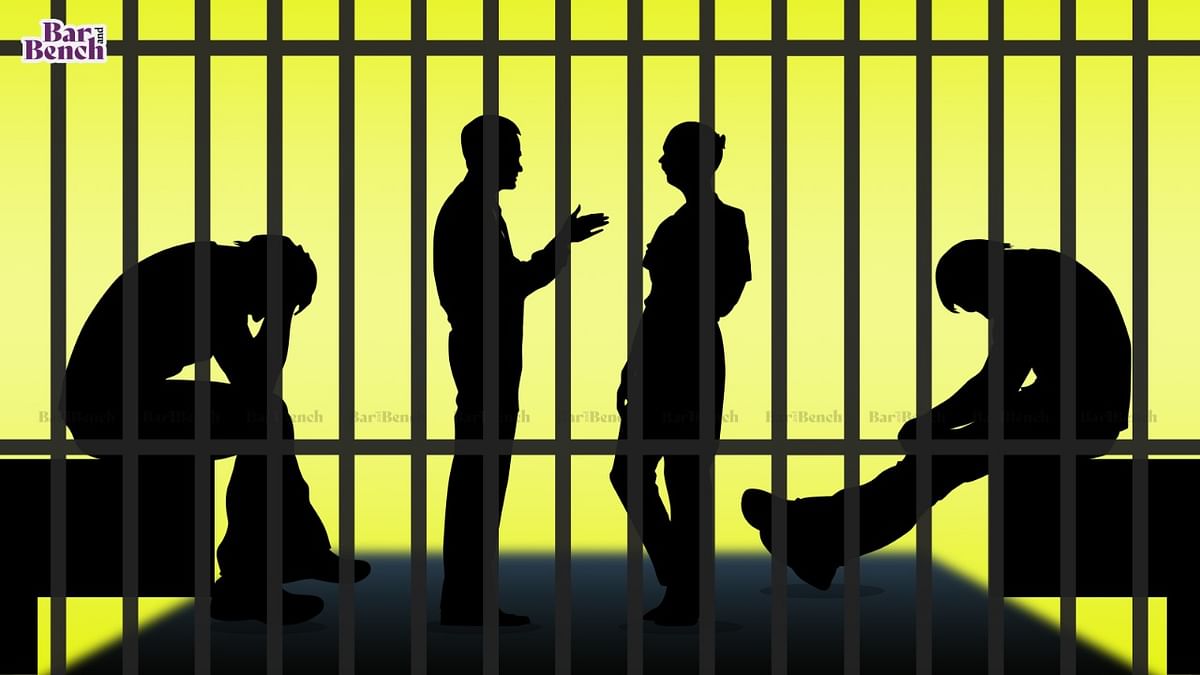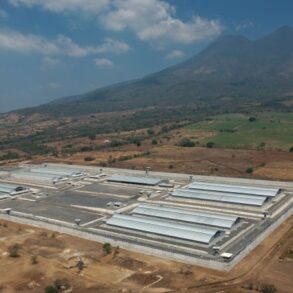
The Court opined that some discretion must be left to the jail authorities while rejecting the prayer for a transfer to another jail. If the prisoners’ perception is taken to be the sole criterion, there would be a negative bias attached to it, the Court added.
The Court further noted that the Hooghly District Correctional Home, where the petitioner-prisoners were housed, is considerably overcrowded, as are other correctional homes in the District.
The Court concluded that the decision to keep the petitioner-prisoners separated in a particular prison cell cannot be termed as inhuman, considering that the State made this decision in the interest of protecting the petitioners from rival groups in the same jail.
“Thus, the court cannot reach a conclusion that the petitioners are segregated to such an extent that the same is inhuman,” the bench held.
This post was originally published on this site be sure to check out more of their content.







